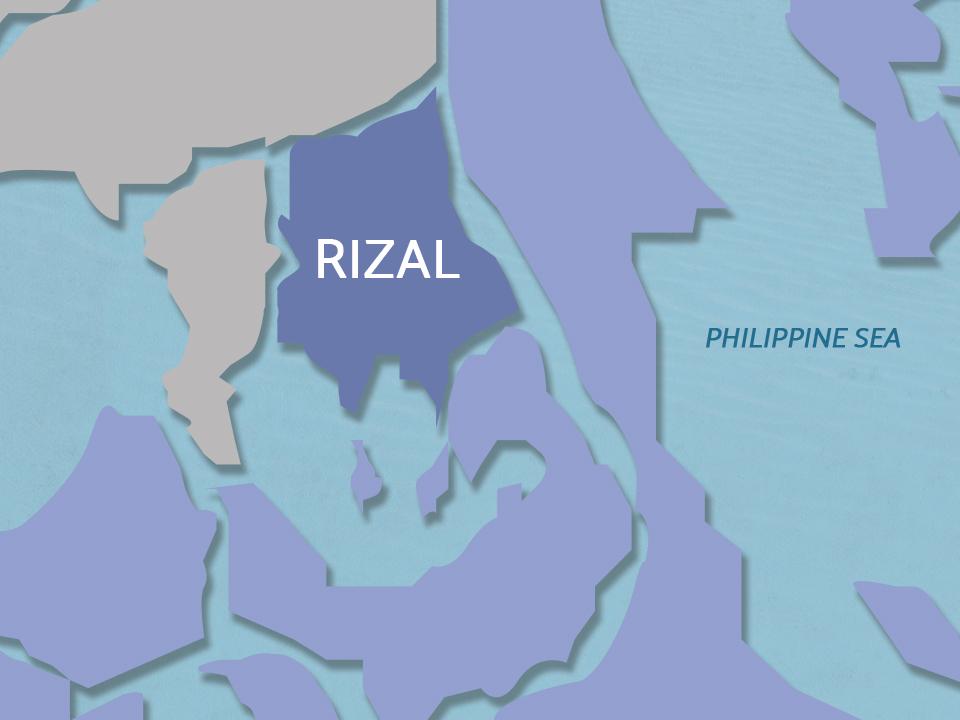Besides introducing viewers to quirky and complex species, majestical landscapes and deep dives into the effects of the climate crisis, the line-up at the 48th annual International Wildlife Film Festival has a cluster of movies about positive change. “We have a lot of films that are uplifting stories about coexistence with wildlife,” said guest programmer Lívia Campos de Menezes. Take “A Good Wolf,” which examines the decades-long struggle over protections for wolves on a section of public land close to Denali National Park.
Or “The Shepherd and the Bear,” set in the French Pyrenees mountains, where the reintroduction of the bear creates tensions with local residents and herders. “In the world that we live in right now, people are looking for stories that make them happy and believe in a better society — working together, finding ways to work together, even with their differences,” Campos de Menezes said. Those two films are examples of movies selected this year in part because they make connections with issues relevant to Montana.

For instance, they align closely with the opening night premiere, “Lost Wolves of Yellowstone,” about the return of the keystone species in America’s first national park. The filmmakers focus on a leader of the effort, Mollie Beattie, the first woman to lead the U.S.
Fish and Wildlife Service. There are hard-hitting stories, too, such as “Out of Plain Sight,” about the discovery of hundreds of thousands of barrels of toxic waste that were dumped into the ocean off the Southern California coast. Produced by L.
A. Times Studios, the film revisits a 2020 exposé by staff reporter Rosanna Xia. "Lost Wolves of Yellowstone" revisits the reintroduction of the species into America's first national park in 1995, an effort led by Mollie Beattie, the first woman to lead the U.
S. Fish and Wildlife Service. If you go The 48th annual International Wildlife Film Festival runs April 19-24 at the Roxy Theater and other venues around Missoula.
Go to wildlifefilms.org for a schedule and ticket information. Virtual festival: The online version runs April 26-May 2.
This year, Campos de Menezes and the team combed through more than 300 submissions to create the line-up of 22 features and 50 shorts that fit its mission statement. The IWFF is the oldest film festival of its kind in the world, started in 1977 at the University of Montana by renowned bear biologist Chuck Jonkel and collaborators with an emphasis on science-based documentaries that can educate as well as entertain. Nearly 50 years later, the focus has remained the same, she said.
They look for beautiful films that illustrate science and how scientists’ work is critical to society and the preservation of the wildlife. Thanks to streaming services, the average person has access to an overwhelming amount of nature documentaries. With the IWFF lineup, attendees can head into a screening knowing the movie has been vetted by a team that includes conservationists and biologists as well as filmmakers.
One block of short films, “Studying the Wild,” is focused on the work of researchers looking into jumping spiders, Norwegian reindeer populations and honeybee decision-making. “We show different scientists and their projects and what they are doing to understand different species, and how those species can relate to us,” she said. "The Shepherd and the Bear" is set in the French Pyrenees, where the reintroduction of the brown bear raises tensions in rural communities.
Award-winners and world premieres The festival announced the award-winners this week, giving festival-goers some help picking through the many options. “Lost Wolves of Yellowstone,” for instance, won a Best of Festival award. It will screen one night only, at the Wilma on Saturday, April 19.
The jury statement says, “this epic, emotionally resonant film captures one of the most ambitious and controversial wildlife reintroduction efforts in modern history.” “The Shepherd and the Bear,” the French film about the reintroduction of a species, won the Best Living with Wildlife Program. It so happens that the movie screened at Big Sky Documentary Film Festival back in February.
Campos de Menezes said they decided to bring it back, since it balances its message and relevance to Montanans with the traits we associate with a narrative film: well-developed characters and incredible cinematography. It screens on Saturday, April 19, at the Roxy. To see the full list of winners, head to wildlifefilms.
org/2025-winners . In keeping with the “international” in the title, there are world premieres with filmmakers coming in from Asia. "The Last Mermaids of Korea" introduces viewers to female free divers in South Korea.
Director Kosuke Hayashi is traveling from Japan to do a Q&A after “Mighty Monkeys,” which retells the migration of the macques to the island country about 400,000 years ago. Hayashi will be there for both screenings, Saturday, April 19 and Tuesday, April 22. Two members of the team behind “The Last Mermaids of Korea” are coming over to discuss their portrait of free divers, all women in middle age and up.
They’ll do Q&As after the screenings Sunday-Monday, April 20-21. "Frozen Frames: Murphy's Yellowstone" looks at the work of photographer Tom Murphy. Free event at UM The festival is teaming up with UM for a free screening of two movies: “Salmon Secrets,” and “Frozen Frames: Murphy’s Yellowstone.
” The latter looks at the life and work of a noted photographer of the park, Tom Murphy. He’ll be there for a panel talk afterward with UM faculty. It’s set for Tuesday, April 22 at 7 p.
m. in the University Theater. It’s open to the public.
A group of WildWalkers makes their way down Higgins Avenue during the parade in 2023 WildWalk and WildFest (Saturday, April 19) The WildWalk, a standout in a city of many parades, returns to kick the festival off. Anyone can participate if they feel like donning a costume of an animal, insect, or even a fungi if you’ve got the right materials. Organizers expect around 4,000 to 5,000 people based on last year’s participation.
Campos de Menezes, who programs and attends film festivals all over, said an opening event like the WildWalk is a tradition unique to Missoula. Details here: The parade starts at 11 a.m.
For a map of exactly where to start, head to wildlifefilms.org . They head north on Higgins to the red XXXXs for the WildFest, which runs from 11 a.
m.-2 p.m.
, with food trucks, live music and information from local groups. In "Animal Pride," Connel Bradwell explores queer behavior in the natural world. In "The Birds," a U.
K. filmmaker studies the interaction between massive flock and a falcon on the coast of England. "How Deep Is Your Love" takes viewers into the bottoms of the ocean, where biologists study remote ecosystems that could be damaged by underwater mining.
"Wander Alone" looks at the last Northern white rhinoceros and broader issues of extinction. Cory Walsh is the arts and entertainment reporter for the Missoulian. Be the first to know Get local news delivered to your inbox! Arts and Entertainment Reporter {{description}} Email notifications are only sent once a day, and only if there are new matching items.
.
Top

Bears, wolves and free divers on screen at Missoula wildlife film fest

The International Wildlife Film Festival is back for its 48th year with documentaries about species, science and coexistence.











